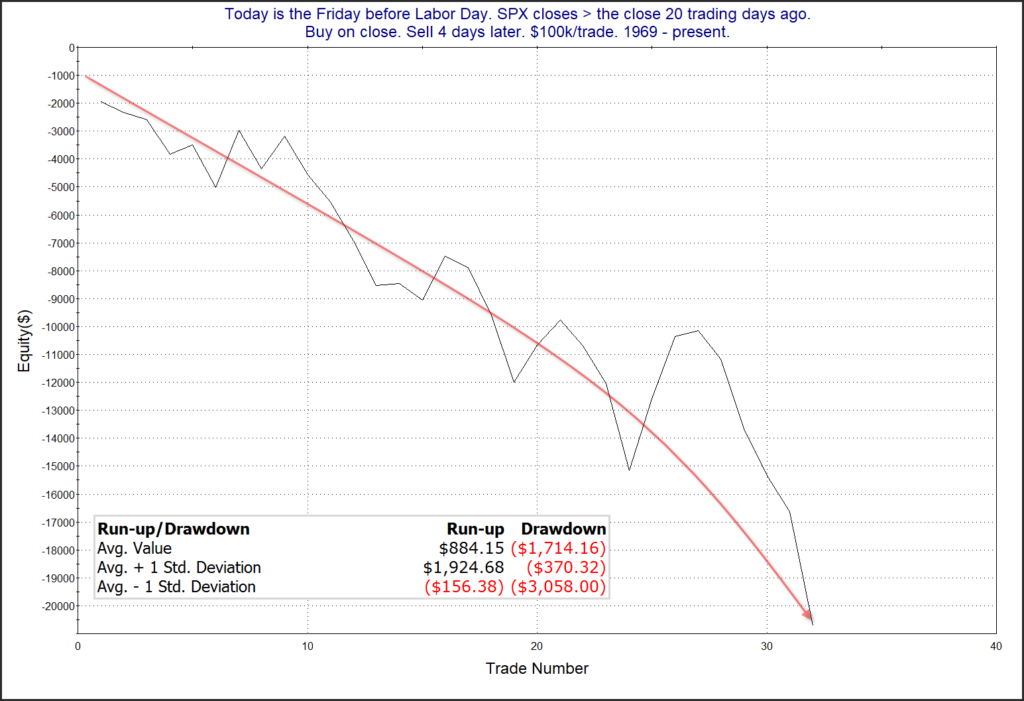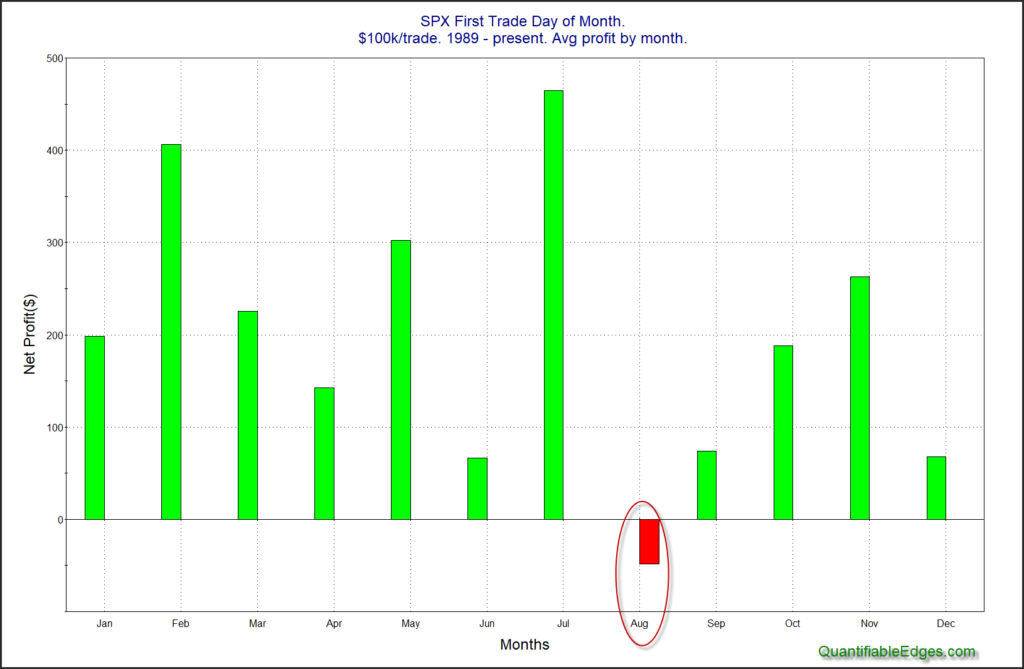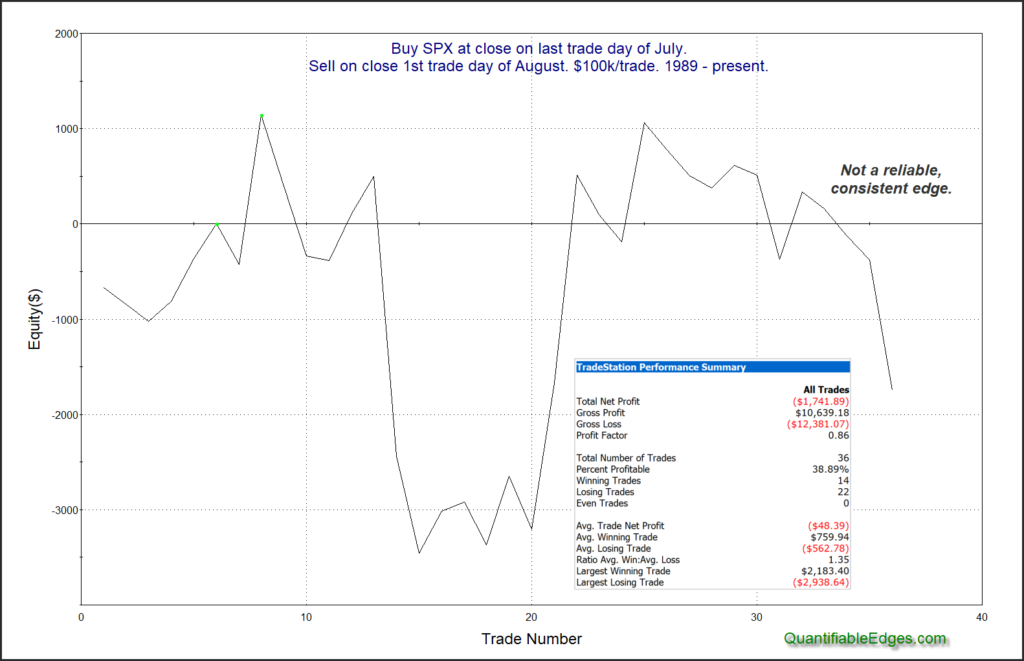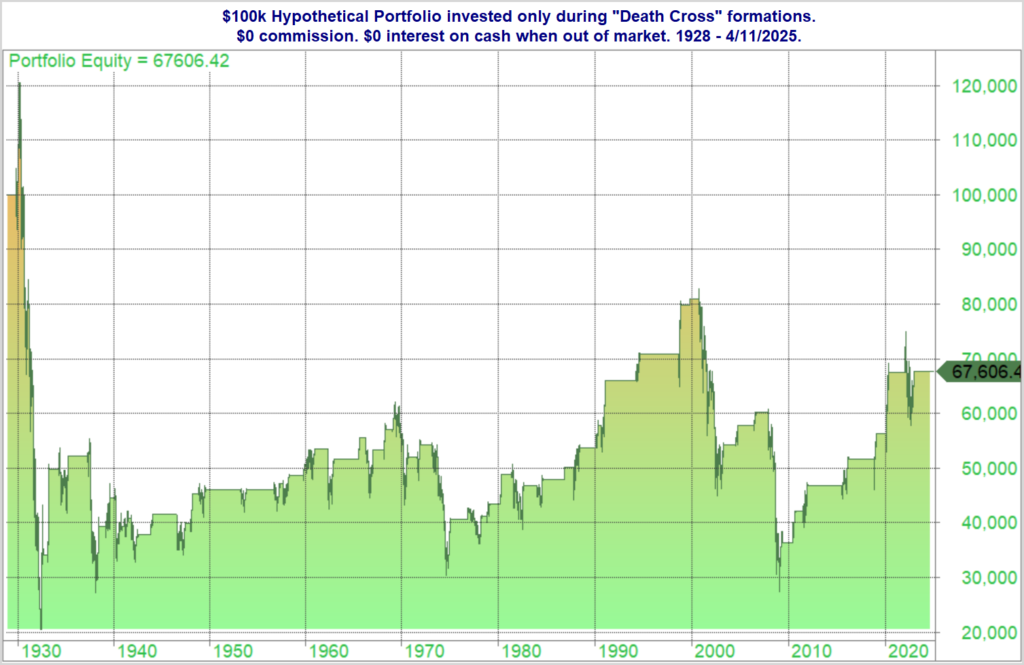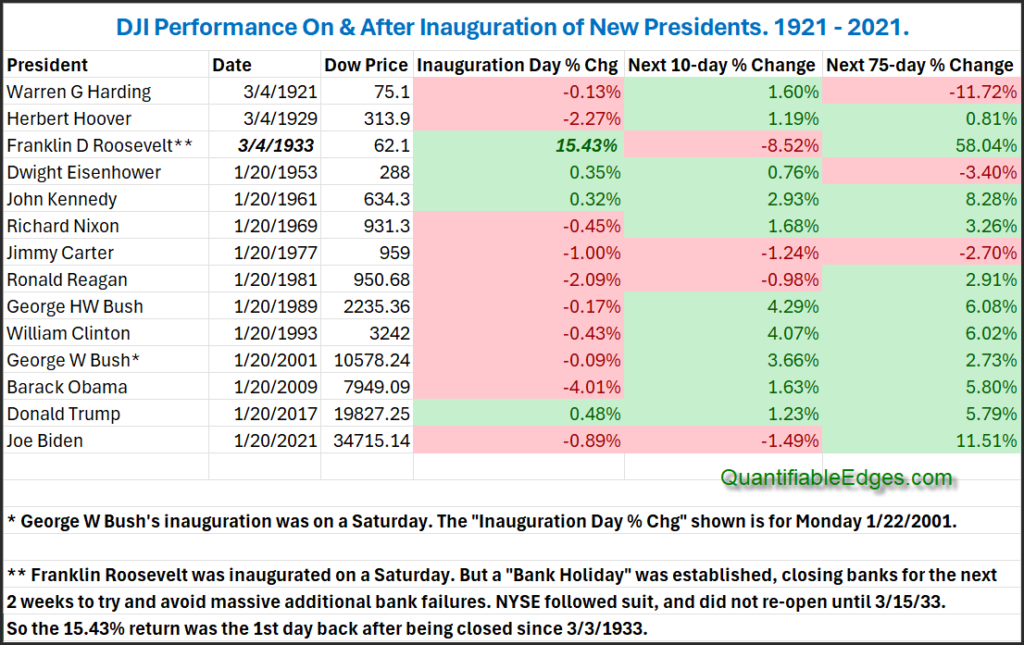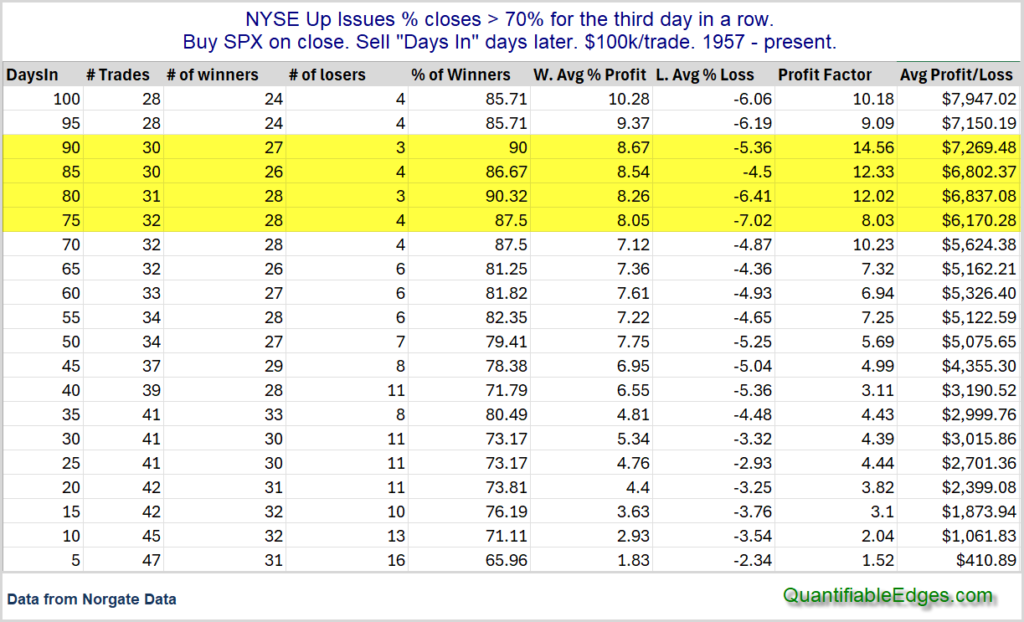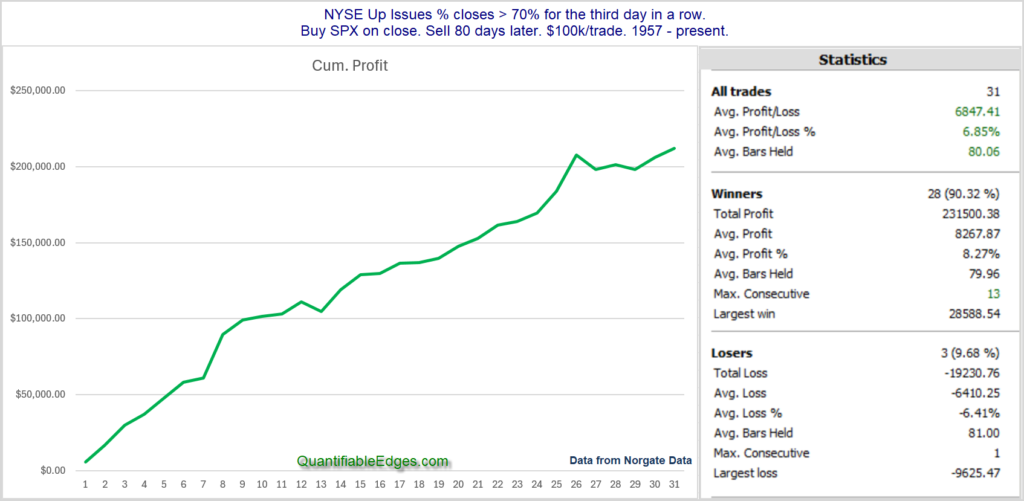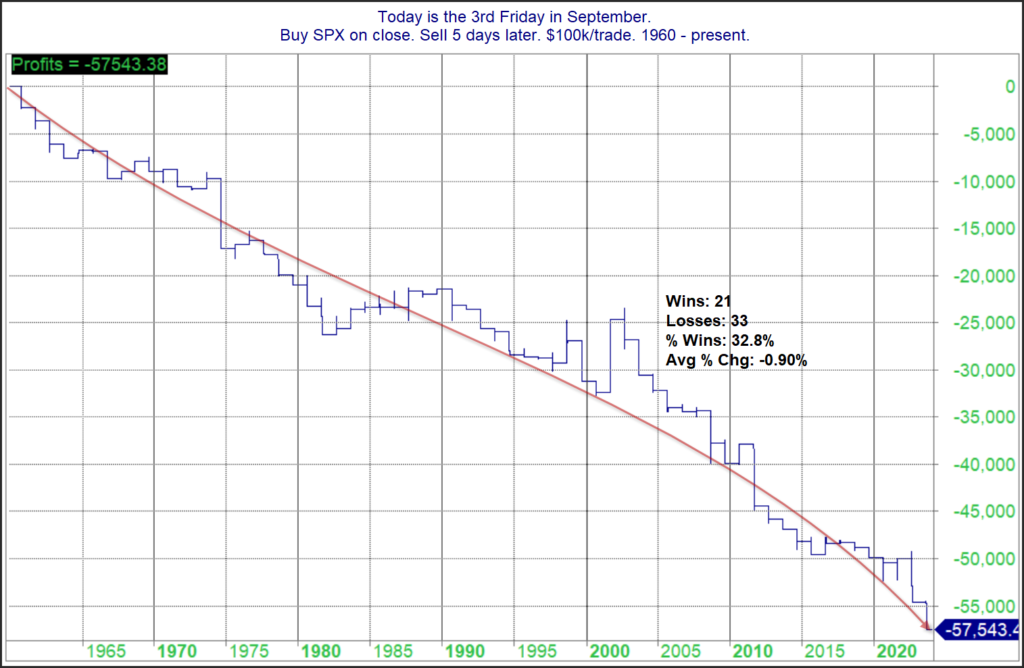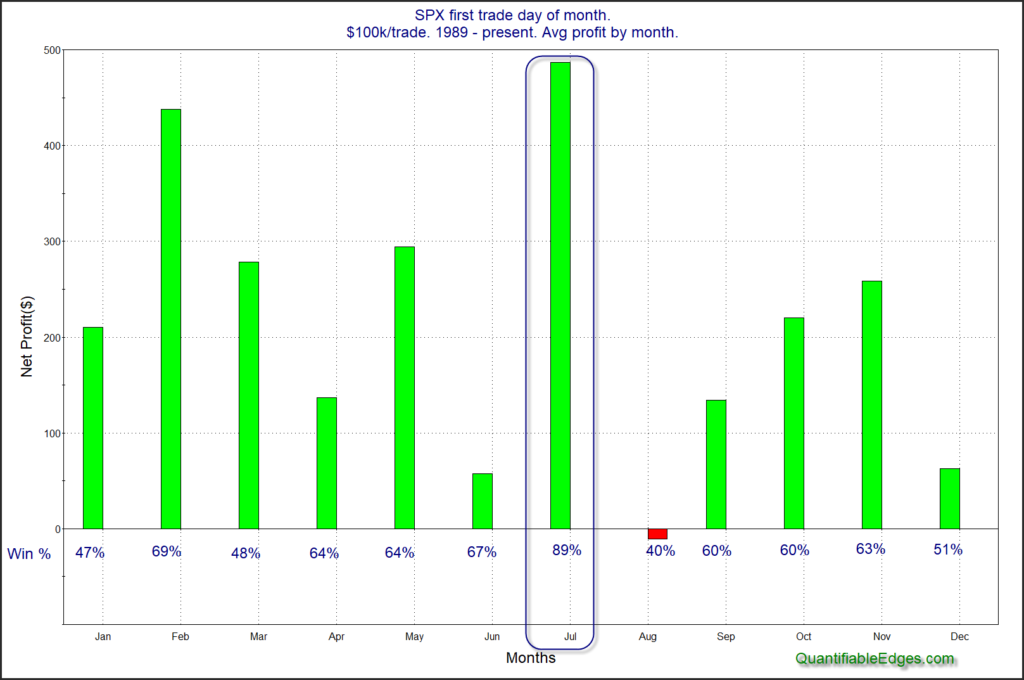About a month ago, I hit a major milestone with Quantifiable Edges. I passed Cal Ripken. For those that don’t know, Cal Ripken was a Hall-of-Fame shortstop (and also a 3rd baseman) with the Baltimore Orioles from 1981-2001. He holds the record for consecutive games played (2,632). His streak lasted over 16 years – from May 30, 1982 – September 19, 1998.
Quantifiable Edges subscriber letter was 1st published on February 18, 2008. I made sure to write a letter for every market day that year. At the end of the year, I told subscribers that I would likely take a few days off next year. But I didn’t. At the end of 2009 I said the same thing. Again I ended up writing a letter for every day the NYSE was open. Now it has been about 16 ½ years. And in mid-June my streak officially went beyond the 16 years and 4 months that Cal Ripken recorded.
There has been plenty that has happened on a personal level over the last 16 ½ years, both good and bad. But through it all, I have run my studies, done some research, and posted a letter every single night. They haven’t all been good letters. Some were admittedly abbreviated, such as when I had the flu or when I was laid up with COVID. And some were dead wrong with my market interpretation. But they were published and distributed, and not a day was missed.
Like Ripken, I intend to step down from my streak at some point. I can’t do it forever. Right now I am leaning towards changing to an abbreviated version of the letter twice a week (Monday and Wednesday nights? Or a couple of nights when the market hasn’t done much?). I will likely start incorporating this new twice-a-week abbreviated format in 2025. And I may fiddle around with abbreviated formats some this year when I take vacation. (Yes, I have written every night on vacations as well.)
So I may slow down at some point, but it has been a great run, and I fully intend to keep it going a good while longer. Thanks to all my subscribers, who have helped keep me motivated for the last 16 ½ years! And thanks to Cal Ripken who kept me motivated the last couple of years as I realized I was approaching the length of time his streak lasted!


